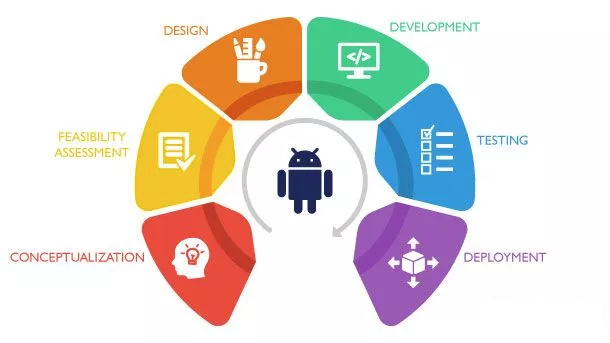Simplifying Mobile App Updates: Bypassing the App Store
Submitting an app update to the app store can take time and effort. Developers must adhere to stringent guidelines, await approval, and navigate the potential pitfalls of rejection. Additionally, even after an update is successfully published, users may ignore or miss it, depriving them of critical improvements and new features. Fortunately, there are several strategies developers can use to update a mobile app without requiring a trip to the app store. These methods streamline the update process and ensure users can access the latest features and fixes immediately. Here, we outline seven options and delve into three more complex but powerful methods. Options for Updating Mobile Apps Without the App Store Remote Configuration Dynamic Delivery WebView Feature...





